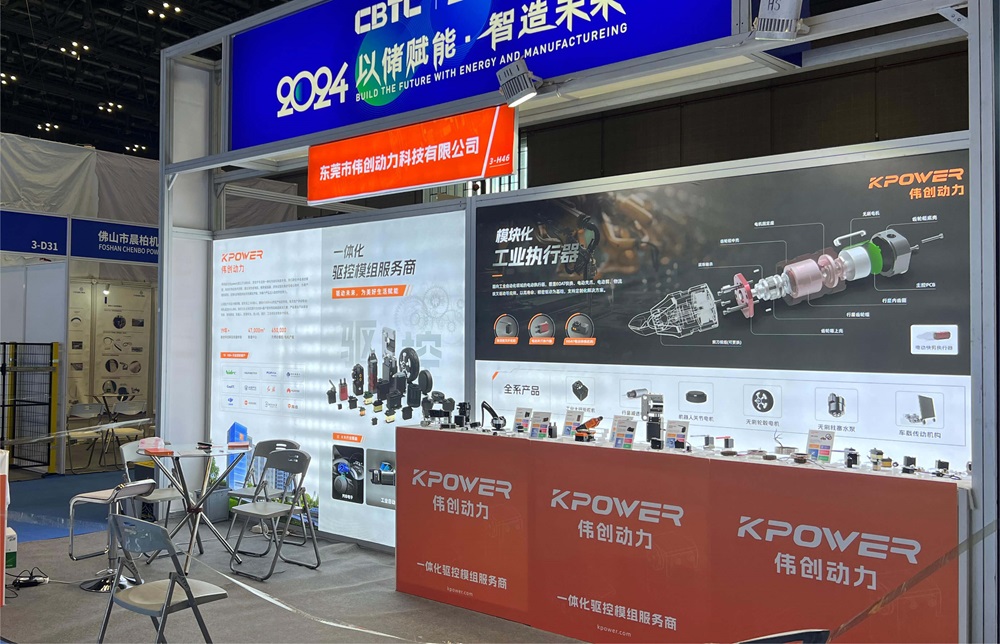part 1:
Unlocking Precision and Power: The Fascinating World of Worm Gear Motors
In the ever-evolving tapestry of mechanical engineering, certain components stand out for their unique blend of simplicity and sophistication. Among these, worm gear motors hold a special place, marrying compact design with exceptional functionality. From precision robotics to heavy industrial machinery, these motors quietly power the gears of progress.

Imagine a device so refined that it can convert rotational motion efficiently while providing a self-locking feature—this is the marvel of worm gear motors. They are a beacon of ingenuity that leverages the intriguing mechanics of worm gears to deliver performance that is both reliable and adaptable.
What Makes Worm Gear Motors Special?
At their core, worm gear motors combine an electric motor with a worm gear—a screw-like gear that meshes with a gear wheel (called a worm wheel). This setup offers several distinctive advantages:
High Gear Ratios in Compact Spaces: Unlike traditional gear systems, worm gear arrangements can provide significant gear reductions in very small packages. For instance, a typical worm gear set might produce gear ratios of 50:1 or even higher, allowing for substantial torque multiplication without bulky components.
Self-Locking Characteristics: Depending on the gear ratio and materials involved, worm gear drives can be inherently self-locking. This means the gear wheel won't spin back the worm when power is off—making them ideal for applications where holding a position without additional brakes is essential.
Smooth Operation and Noise Reduction: The sliding contact between the worm and worm wheel results in quiet movement—another reason why they’re favored in applications where noise is a concern, such as in elevator control systems or audio-visual equipment.
Beyond these features, worm gear motors excel in environments demanding precise control, safety, and durability. Their design leverages the principles of friction and gear ratio to multiply torque efficiently, making them invaluable in industries ranging from manufacturing to aerospace.
Historical Roots and Evolution
The origins of worm gears date back centuries, with evidence of their use in ancient China and Greece. However, the modern worm gear motor as we know it gained prominence during the industrial revolution, where the need for compact, high-torque drives became critical.
Over the decades, innovations in materials—such as improved lubricants and corrosion-resistant metals—have enhanced efficiency and lifespan. Contemporary worm gear motors often incorporate advanced engineering features, like sealed housings to prevent dust and moisture ingress or specialized lubricants to reduce wear and noise.
Design and Components: Diving Deeper
A typical worm gear motor comprises:
Electric Motor: Usually a DC or AC motor, depending on application requirements. It provides the rotational input.
Worm Shaft and Worm Gear Assembly: The core of the gear system, where the worm, shaped like a screw, meshes with the worm wheel, a gear that translates the motion.
Housing and Mountings: Designed for durability and ease of installation, often tailored to specific use cases.
What makes a worm gear motor particularly appealing is the way these parts integrate seamlessly. By adjusting parameters such as the worm's angle or the gear materials, engineers can fine-tune performance metrics like efficiency, backlash, and load capacity.
Advantages Further Unpacked
Let’s delve into what makes worm gear motors a standout choice across various sectors:
High Torque Output: Thanks to the gear ratio, a small motor can produce substantial force, perfect for lifting, pressing, or rotating heavy loads.
Compact Design: Space is often at a premium in modern devices. Worm gear motors deliver power without the bulk.
Direction Control: The gear setup allows for quick reversal of rotation, facilitating precise directional control.
Zero Backlash: For industrial applications requiring exact positioning, worm gear motors minimize backlash, ensuring accuracy.
Self-Locking Capability: As mentioned earlier, this provides security in holding positions without continuous power input, saving energy and simplifying brake design.
Stay tuned for Part 2, where I'll explore specific applications, recent technological advances, and the future outlook of worm gear motors.
Established in 2005, Kpower has been dedicated to a professional compact motion unit manufacturer, headquartered in Dongguan, Guangdong Province, China.




































